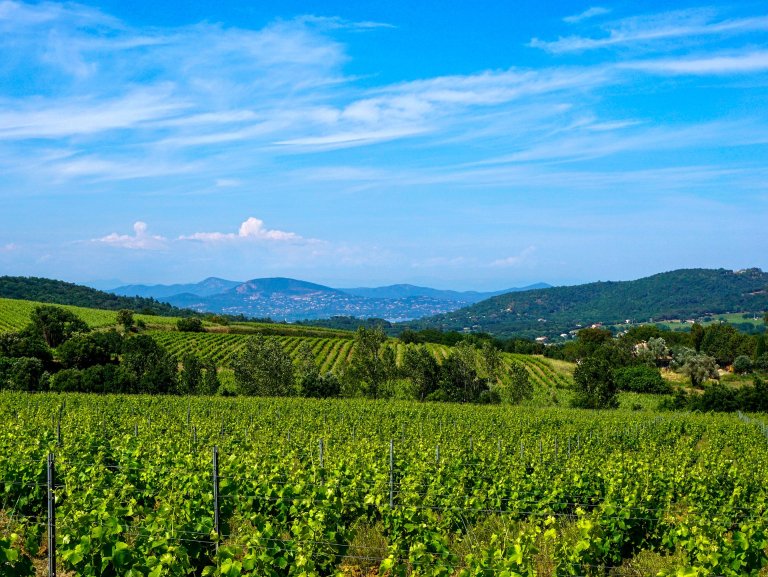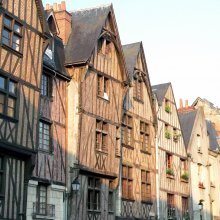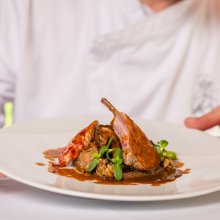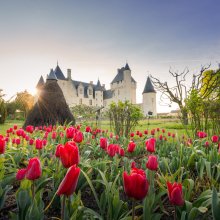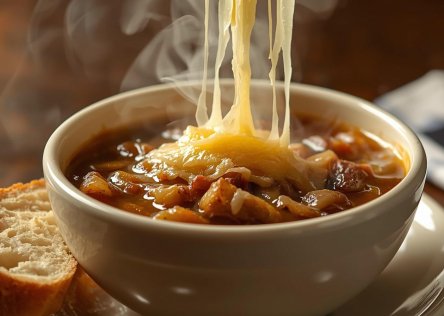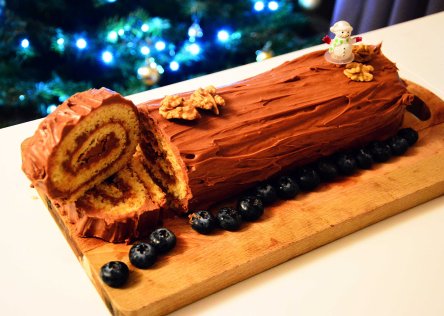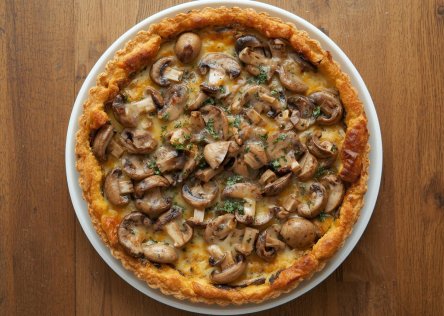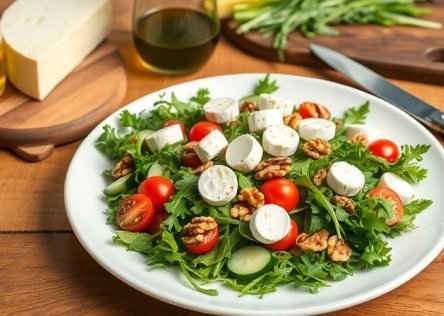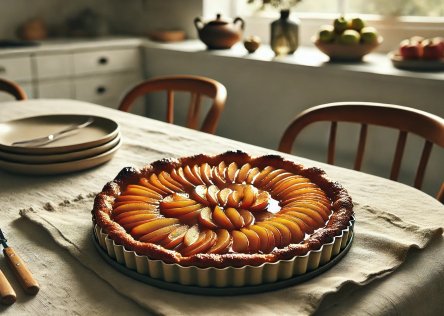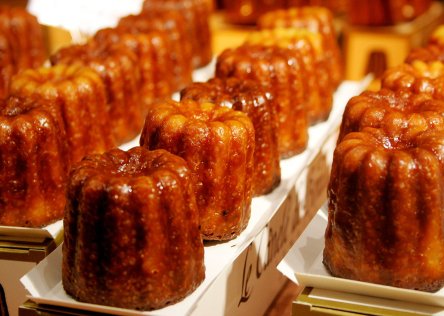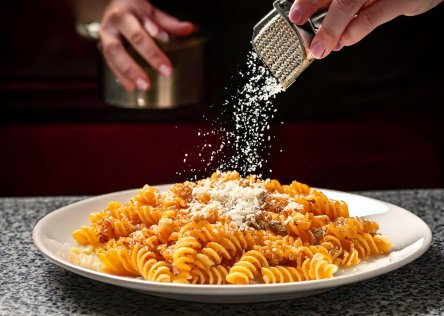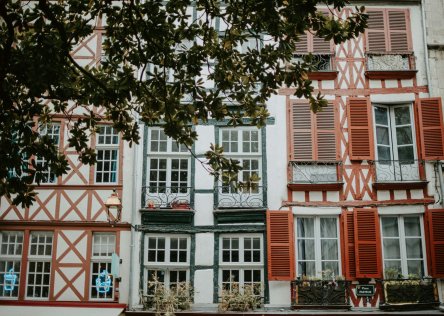Many of our travelers ask to include a wine tour, wine-tasting or vineyard tour in their self-drive trips. Therefore, we wanted to write a post on some of the famous French wine regions, including some top tips on the best wineries and wines.
Bordeaux
Bordeaux, in the French region of Aquitaine, is one of the most famous French wine regions, along with Champagne and Burgundy. This is partly due to Bordeaux being next to the coast, which led to it becoming a major wine exporting region for centuries.
Bordeaux became the main wine supplying region to England in the 12th century, when King Henry II married Eleanor of Aquitaine. In the centuries that followed, this tradition of exporting helped Bordeaux establish strong commercial ties with other countries, too.
The Bordeaux vineyard surrounds the city of Bordeaux, along the Gironde estuary and the Dordogne and Garonne rivers. The “Bordeaux” appellation covers a geographical area that stretches over 60 miles north-south and east-west. Some of the better quality Bordeaux wines come from more specific and distinctive area appellations, such as Médoc or Saint Emilion.
TIPS: Look for wines with the classification “grand cru”, which indicates an exceptional mix of a number of criteria, the most important being "terroir", and guarantee the very best of French wines. Also consider “cru bourgeois”, which are high quality wines.
If you’re looking for an exceptional vintage wine, look for wines from 2009.
If you enjoy festivals, visit Bordeaux in the month of June, for the Bordeaux wine festival.
VISIT: Our favorite Bordeaux wine comes from a winery called Chateau Chasse-Spleen in Moulis-en-Médoc.
TOURS: Find out more about our tours of Bordeaux, or you may be interested in our France for Wine Lovers tour!
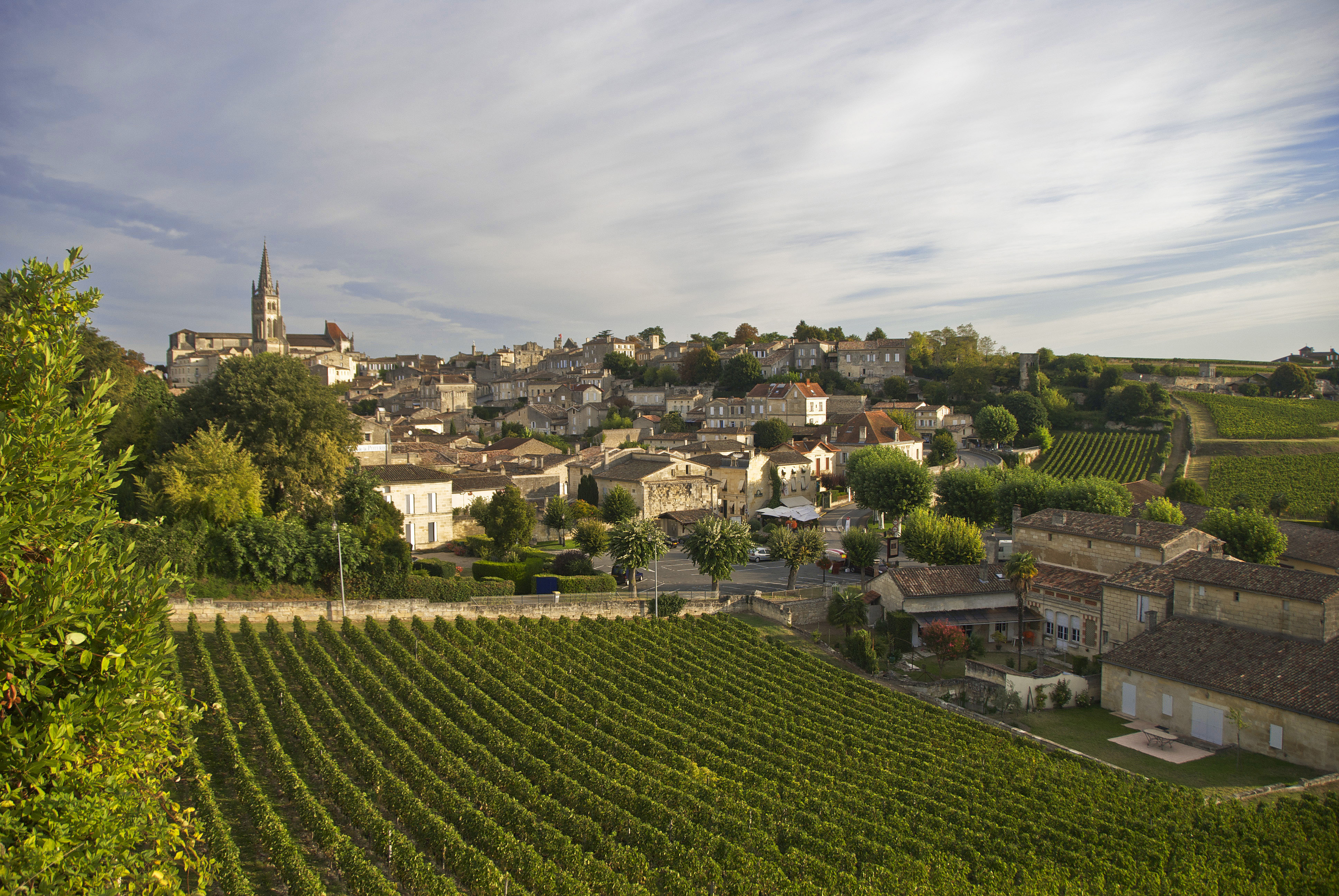
Vineyards in St Emilion. Photo© Heurisko
Burgundy (Bourgogne)
In Burgundy, the vineyards run south-east across the slopes from the regional capital of Dijon. The beautiful, medieval city of Beaune is right at the heart of this wine region. The highlight of the year for wine-lovers is the Hospices de Beaune wine auction, which takes place in the fall.
The lowest level of wine classification in Burgundy is the generic “Bourgogne” appellation. Within the Burgundy region, selected areas also have their own specific classifications. Some villages and groups of villages have a reputation for producing higher quality wines, such as Aloxe Corton, Mersault or Pommard. Again, at the top of the wine pyramid are the ‘grand crus’, one of these being the Clos Vougeot, which is grown over just 51 hectares of enclosed vineyard.
Burgundy is known for its outstanding red wines, which can keep for 20-30 years. It also produces some excellent whites.
TIP: 2003 was an exceptional year for vintage Burgundy wines.
VISIT: Domaine Thierry Violot-Guillemard in the village of Pommard, just 10 minutes’ drive from Beaune.
TOURS: If you're looking for a self-guided wine tour of Burgundy, we invite you to visit our Burgundy tours page.
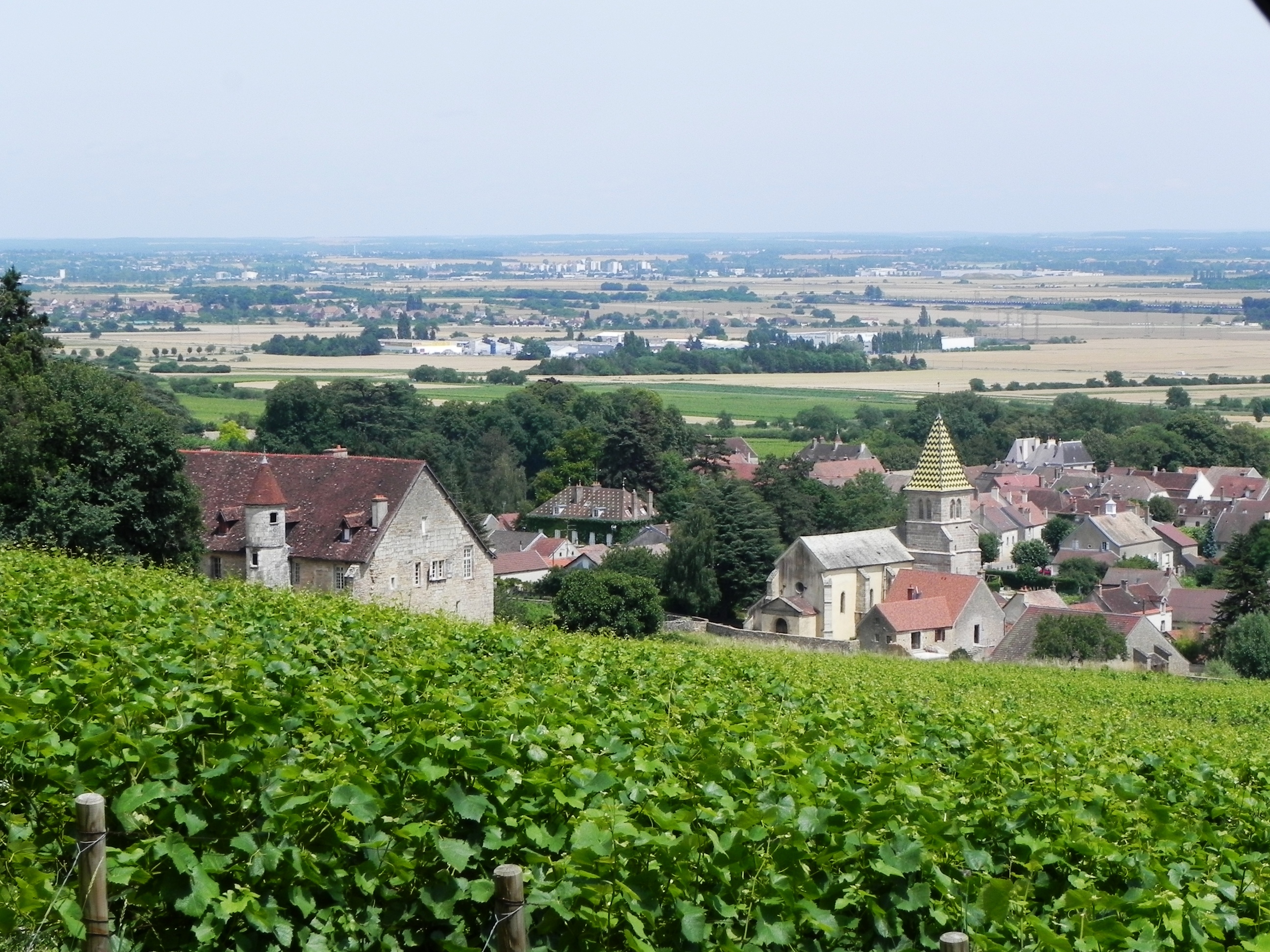
Vineyards near Beaune, Burgundy. Photo© France Just For You
Champagne
The famous region of Champagne spreads across the towns of Reims and Epernay and is the furthest north of the major French vineyards. Champagne is different from other great French wines, in that it is blended to produce non-vintage champagnes (from different harvests) or vintage champagnes (blending wines from the same harvest).
The quality of the Champagne depends most on the skill of the blenders, as well as the high quality of the grapes. Thus Champagnes are ranked by producer, not by more specific regional appellation, as is the case with other wines. Champagne gets its distinctive taste from the chalky soil and growing conditions of the region.
Some of the main Champagne producers tried opening branches and vineyards in California, but in spite of the expertise and reputations of their best master-blenders, have never been able to match the quality of the original.
TIPS:
Highly rated Champagne blends include Krug, Bollinger, Heidsieck, Mumm, Moët & Chandon and Taittinger.
Remember to be very gentle when opening a bottle of Champagne, easing the cork carefully out of the bottle.
If you’re not visiting Champagne and would like to try other excellent French sparkling wines, try Crémant de Bourgogne from Burgundy or Vouvray or Montlouis sparkling wines from the Loire Valley. Very good non-champagne sparkling wines sell at a fraction of the price of Champagne, and only a very experienced palate will be able to distinguish between an average Champagne and a good Vouvray.
VISIT: The Taittinger Champagne House in Reims. The tour takes in the ruins of the medieval Saint Nicaise Abbey, and descends 18 meters to the Gallo-Roman crayères (carved out caves), which are part of the Coteaux, Maisons et Caves de Champagne UNESCO World Heritage Site. The bottles of champagne are matured in the caves for years before being sold.
TOURS: A self drive tour of the Champagne region can be an ideal way to explore Champagne at your own pace. We aim to plan the best wine tours in Champagne, France, for all our travelers!
BEST TIME TO VISIT: In our opinion, the best time to visit Champagne is during spring, early summer or early fall (April, May, June, September and October). This way you should be able to avoid the hottest and coldest seasons in Champagne, and the busiest times for tourists.
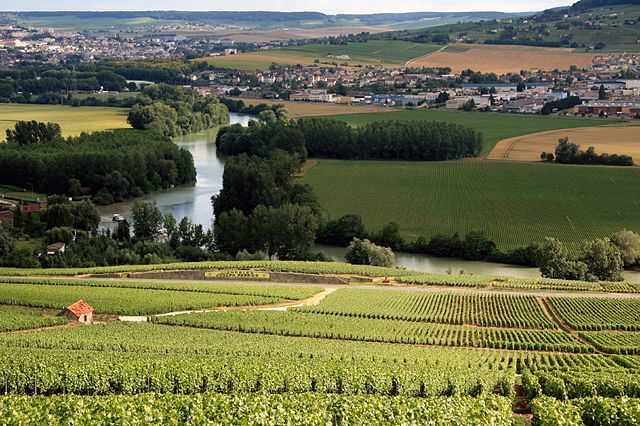
Vineyards in Champagne, France. Photo © Rob & Lisa Meehan CC-BY-2.0
Loire Valley
If you are looking for a good French wine from the Loire Valley, try an Anjou Rosé (a good everyday rosé), or a dry white wine such as the Muscadet or Gros Plant, which are cultivated near the Loire estuary and are excellent when paired with seafood.
If you enjoy a light red wine, try one from the Gamay grape in the region of Touraine, the area around the city of Tours. The Loire Valley also produces vin gris (grey wine), which is in fact a very pale rosé, as it’s a white wine made from black grapes.
As we mentioned above, the Loire Valley is France's second largest producer of sparkling wines after Champagne. We challenge you to try a Vouvray or Saumur and see if you notice a difference when compared with an average Champagne!
VISIT: Our good friend Clothilde Pain’s winery. Emilie went to school with Clothilde and she took over running the winery from her father. We highly recommend her Cabernet Franc red and Chenin Blanc white wines.
TOURS: Browse our Loire Valley tours if you like the idea of a Loire Valley road trip that allows you to explore this region at your own pace. All our sample tours can be adapted to your preferences.
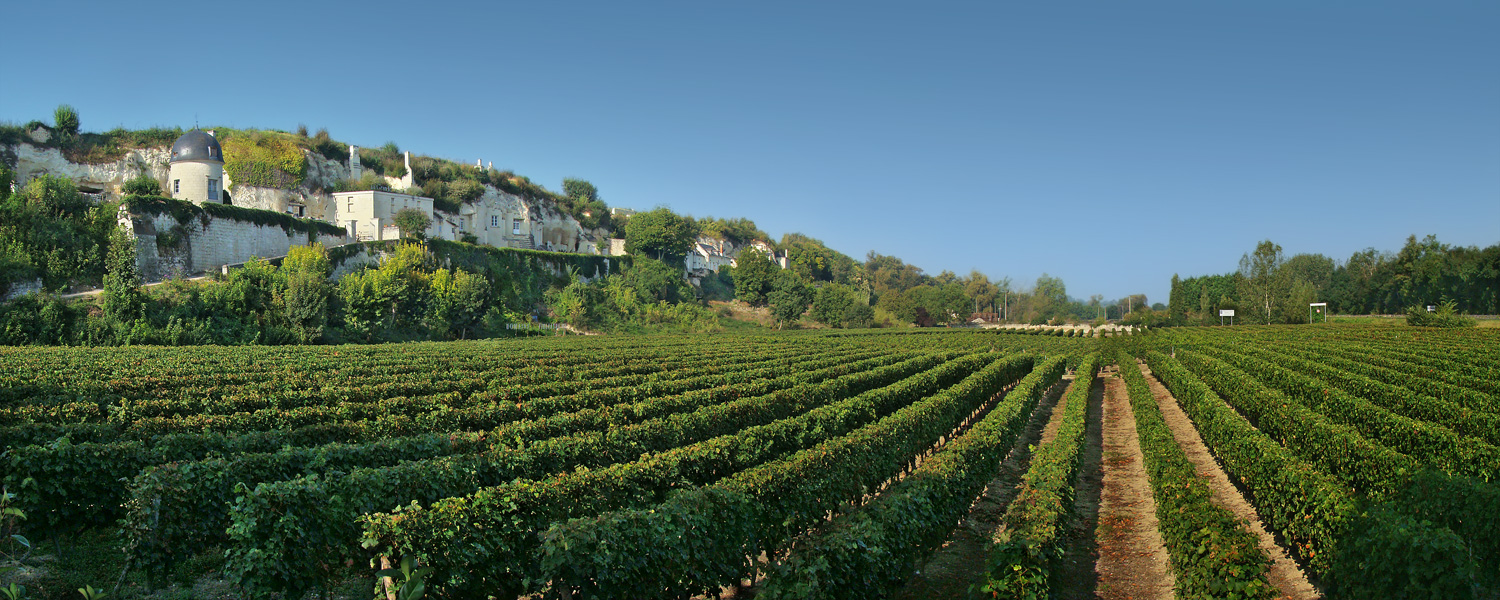
Vineyards and troglodytic houses in the Loire Valley. Photo © Tango7174 CC-BY SA 4.0
Provence
Provence is best-known for its tasty rosé wines, such as the Côtes de Provence and Côteaux d'Aix. However, the region also produces red wines and "grey wine" from the Camargue. Bandol is the most famous appellation in Provence. The Provence vineyard also includes the southern part of the Côtes du Rhone AOP area.
TIP: Our favorite rosé is a Bandol from the Maison des Vins de Bandol.
VISIT: Chateau de Fontcreuse, just a 5-minute drive from the center of Cassis.
TOURS: If you would like to do a tour of Provence, we warmly invite you to look at our Provence tours page.
Let us know if you're particularly interested in doing a wine tour in France and we will craft your itinerary to your preferences.
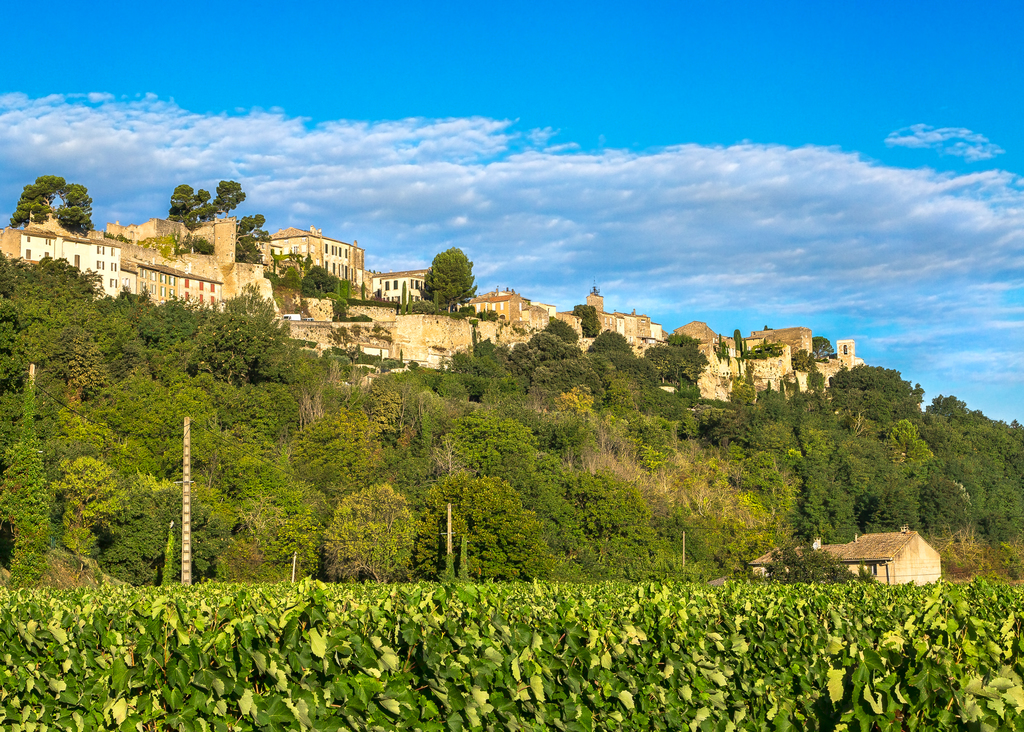
Vineyard in the Luberon, Provence. Photo © Sheila Sund CC-BY 2.0
Côtes du Rhone
The famous Côtes du Rhône vineyard runs for over 120 miles down the Rhone valley between the south of Lyon and the Camargue in Provence, on the Mediterranean coast. Prestigious smaller areas within the region include Côte Rotie (this is our Senior Trip Planner Laura's favorite wine), Chateauneuf-du-Pape, and Gigondas.
The Côtes du Rhone mediterranean wines are normally blended from the classic varieties of grape from the South of France, including Viognier, Syrah, and Grenache.
VISIT: Mas de Valériole, for a beautiful wine experience in the Camargue.
TOURS: If you're interested in a Provence tour, our Lyon tours, or any of our other France tour packages, contact us and we will craft the ideal tour of France, just for you!
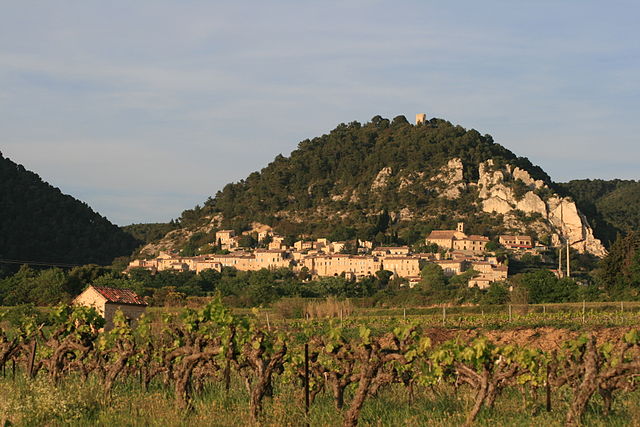
Vineyard in the French wine region of the Rhone valley. Photo © Jean-Louis Zimmermann CC BY 2.0
Carcassonne
There's an old Occitan proverb that says “If the alphabet were based on wine, everybody would be able to read." This gives you an idea of how important wine is within the culture and traditions of Aude, the department in which Carcassonne is located.
Aude contains eight AOC areas: Cabardès, La Clape, Corbières, Côtes de Malepère, Fitou, Limoux, Minervois, and Quatourze.
If you visit Carcassonne, you’ll be able to taste different kinds of wines from the Aude department, from a fruit Minervois, to a full-bodied Corbières or a delicate Cabardès or Malepère.
TIP: We very much like Pic Saint-Loup wines, which are strong but very pleasant and easy to drink with red meat.
TOURS: We invite you to browse our Carcassonne tours if you would like us to help you explore this region independently, and at your own pace.
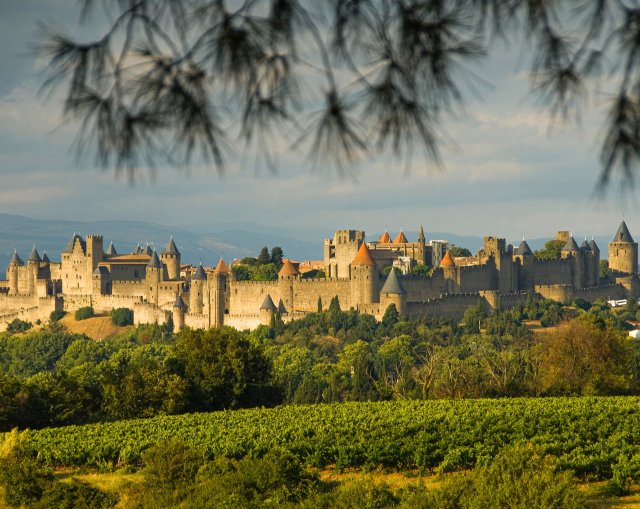
©
Alain Bonnardeaux, CC0 Unsplash
Alsace
About 90% of the wine produced in the Alsace region of eastern France is white, including both dry and sweet wines. The three different AOCs in Alsace are AOC Alsace, AOC Crémant d'Alsace (for sparkling wines) and AOC Alsace Grand Cru.
It is the only Appellation d'Origine Contrôlée region in France that produces mainly varietal wines, often from similar grape varieties to the ones used in German wine (Alsace is next to the German border).
Like Germany and Austria, Alsace produces some of the best dry Riesling wines in the world as well as the luxurious, silky and highly aromatic Gewürztraminer wines.
VISIT: If you're looking for Alsace wine tours, we have selected a new winery to visit in Alsace, Domaine Specht in Mittelwihr, close to Colmar, which is included in our tour of northeastern France. You can visit for a wine-tasting and you can also meet with a traditional wine barrel maker if you’re interested in this.
TOURS: If you would like to visit Alsace, you may like to browse our Alsace tours, which help you explore this beautiful region by car, at your own pace.
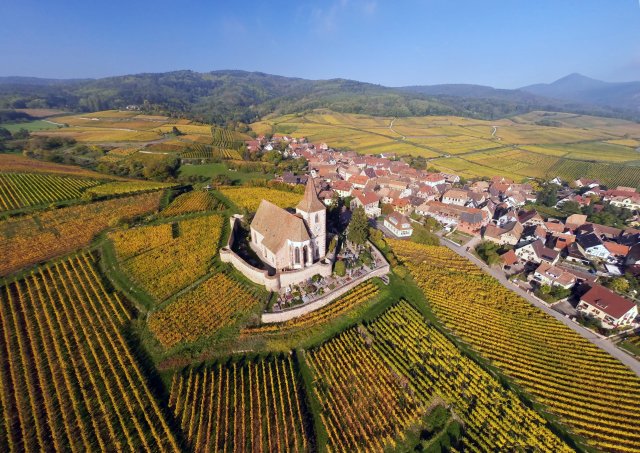
©
Tristan Vuano, ADT Alsace
Basque Country
Basse Navarre (Nafarroa Beherea in Basque or Lower Navarre), is the French Basque Country province. It is in Lower Navarre that you’ll find the only vineyard in the Northern Basque Country.
The Irouléguy vineyard, one of the smallest in France, covers nearly 670 acres in ten districts around Saint Etienne de Baïgorry and Saint Jean Pied de Port, and is cultivated by around 60 winemakers.
The three types of Irouléguy wines are dry white wines (around 20%), rosé wines (around 20%) and red wines (around 60%) The grape varieties of the Irouleguy vineyard include Cabernet Franc, Cabernet Sauvignon and Tannat (black grape varieties) and Courbu, Gros Manseng and Petit Manseng (white grape varieties).
VISIT: If you would like a ‘different’ experience of winemaking, visit Egiategia in Ciboure. Here they use a new patented technique for making wine, called subsea wine vinification. This involves fermenting the wine in tanks 15 meters under the sea in the bay of Saint-Jean-de-Luz. Using this technique, the sea delivers the physical conditions needed for the second stage of the alcohol fermentation and aging process: darkness, pressure, constant temperature and the motion of the tides.
Personally, we don’t think the wines are necessarily better (or worse) than other wines. But if you’re interested in wine-making you may find a visit to Egiategia very interesting. You can book a wine-tasting and food pairing, and see the cellars. The location by the bay is also very nice.
TOURS: We invite you to browse our Basque Country tours if you're interested in explore this beautiful region by car at your own pace.
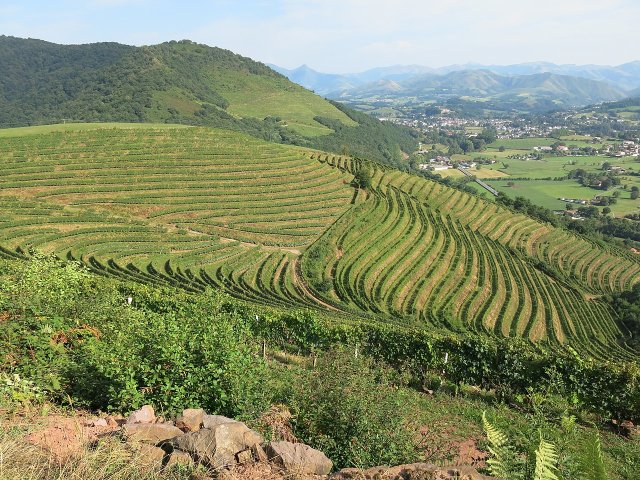
©
Tangopaso, CC0 Wikimedia Commons
One final tip
Just because a wine is expensive, doesn’t mean it’s a good wine. To find a great regional wine, we recommend trying them by the glass at a restaurant.
When you find one you like, ask your waiter about the winemaker and take a photo of the bottle. Don't be embarrassed to ask questions about vintages, etc. You may then discover the winery where the wine was produced, and then buy some to take home with you or have shipped.
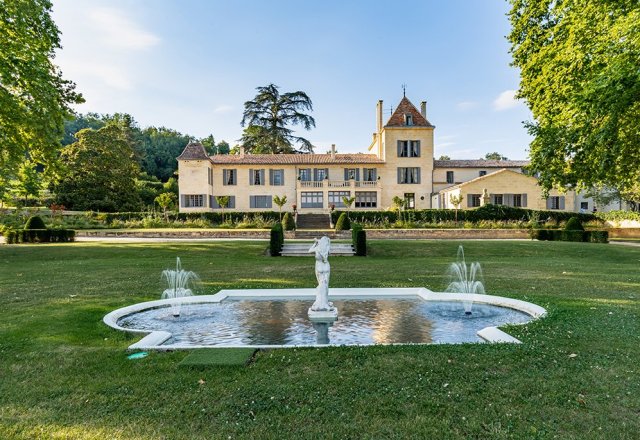
©
Nicolas Claris
From Champagne to Bordeaux: A Tour of France's Most Iconic Wine Regions
Many of our travelers are wine lovers and ask to include wine-tastings and tours of the vineyards and wineries in their self-guided tour of France.
Since this is such a popular request, we created a wine tour france itinerary for wine aficionados and gourmet travelers who want to experience and learn more about French wine.
Our France For Wine Lovers tour includes stays at wineries (like the one in the photo above) or within walking distance of vineyards. You'll also be able to explore some of the lovely wine towns, such as St Emilion and Medoc (Bordeaux), Chinon, Vouvray and Amboise (Loire Valley), Beaune and Dijon (Burgundy) and not forgetting, of course, Reims in Champagne!
We'll also introduce you to some French heritage, culture, gardens and suggest some scenic walks, based on your preferences.
If this post has left you feeling inspired, visit our wine tour pages or contact us to tell us about your dream trip to France, and we will craft an itinerary - just for you! If you're a fan of French wine, we know you'll love this France wine tour itinerary.
